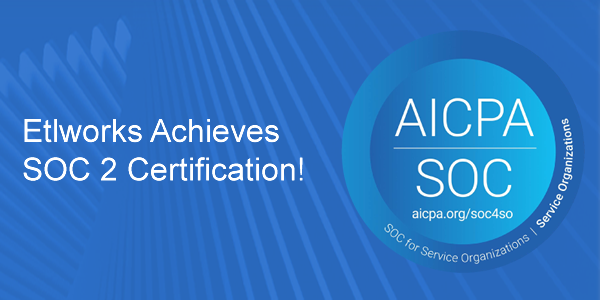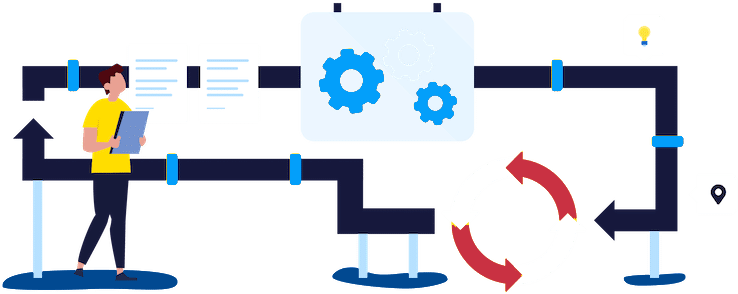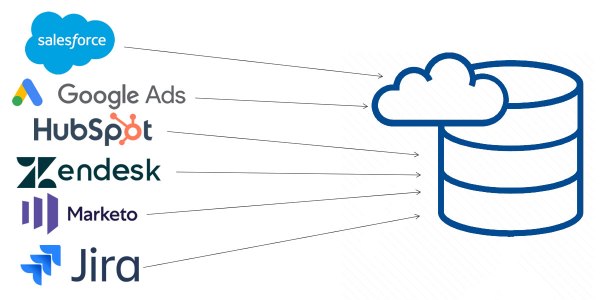Our commitment to safeguarding the integrity, confidentiality, availability, and security of customer data.

We’re excited to announce that Etlworks is officially SOC 2 compliant! This is part of our larger efforts to assure all the users of Etlworks and visitors to our site that we’re meeting and exceeding all of your privacy and security needs. Learn more by visiting our security page!
When choosing a service, it’s important to have trust in the provider – especially for something as important as your data. Frameworks like SOC 2 provide universally recognized proof of our trustworthiness.
What is SOC 2 Compliance?
The Systems and Operations Controls 2 (SOC 2) is a security framework that prescribes standards for an organization’s security, availability, and confidentiality. Originally developed by the American Institute of Certified Public Accountants (AICPA), SOC 2 helps users trust that an organization complies with the responsibilities needed to protect them.
The standards prescribed by SOC 2 vary based on the organization’s specific commitments to users and the risks those commitments entail. For example, if a medical organization is storing healthcare data for users, then their SOC 2 compliance will depend on having that data be reliably available to just the user, and securely unavailable for everyone else.
The SOC 2 audit determines that Etlworks security controls meet the certifier’s specific and strict requirements, ranging from organizational — such as security awareness training — to technical, which includes running vulnerability scans, encrypting data at rest, tracking the software development lifecycle, and more. SOC 2 has more than 200 of these requirements, making it easier and clearer for those evaluating external software solutions that house customer data to assess the associated risks. When a company is SOC 2 compliant, it guarantees that there are organizational practices in place to safeguard the privacy and security of client information. Having the SOC 2 report attesting to an enterprise’s compliance means its users can rest assured that the data they’re handing over to be processed is protected—no small thing in today’s technologically-run world.
SOC 2 requires organizations to establish and follow rigid security policies and procedures. These regulations are classified into five “trust service categories” to protect customer data:
- Security
- Availability
- Processing
- Integrity
- Confidentiality
If the organization passes the audit, hooray! They’re now SOC 2 compliant and can proudly proclaim it to their users. We’re happy to join this illustrious club!
In an assessment conducted by Secureframe, an independent SOC 2 auditor, Etlworks proved its will toward implementing critical security policies and continued compliance over time.
Why does it matter?
At Etlworks, data security and compliance are two of the most important aspects of our ETL service. We understand that data protection, security, and integrity are critical customer asks from the data integration platform. This has been our driver for implementing an end-to-end security-compliant process and architecture. With SOC 2 Type II compliance, our customers will have access to unparalleled insights into their data, along with the assurance that sensitive information is fully protected.
If you’d like to learn more about our data integration platform and security standards, contact the Etlworks team now.






